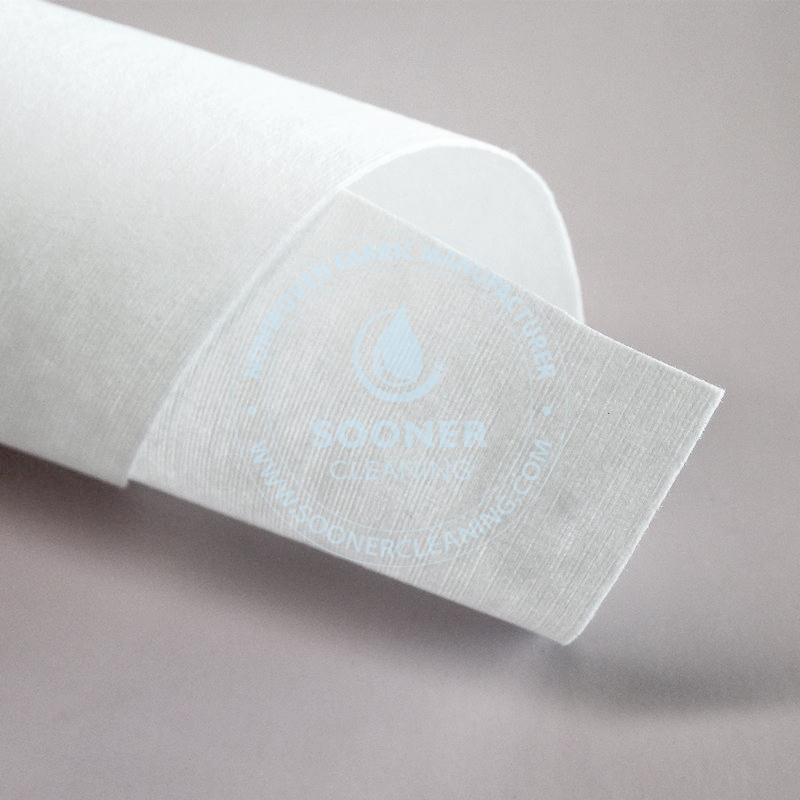In today's increasingly environmentally conscious world, people's demand for daily necessities is no longer limited to "convenience", but pursues "sustainability". The emergence of washable dispersion technology has become an emerging solution that connects environmental protection with convenient living. This article will analyze how disposable products can change our lives from the perspectives of technical principles, application scenarios, and purchasing guidelines.

I.What is washable dispersion technology?
Flushable refers to the characteristic of a product that can be flushed into the sewer through a toilet after use and quickly decomposed in water. Unlike traditional materials, washable products require strict "dispersibility testing" to ensure that their fibers can completely shatter within 30 minutes, avoiding blockages in pipelines or environmental pollution.
The International Organization for Standardization (ISO) stipulates that flushable products must meet three core conditions:
Rapid dispersion: Upon contact with water flow, it quickly decomposes into tiny particles;
Biodegradation: The material can be naturally decomposed by microorganisms without leaving any residual microplastics;
Compatible with sewage systems: does not affect the normal operation of sewage treatment plants.
At present, washable technology has been applied in fields such as wet wipes, hygiene products, pet cleaning pads, etc., becoming a popular choice for environmentally friendly consumption.
II. Core advantages of flushable products
Reduce garbage pollution
According to a study by Environmental Science and Technology, over 3 million tons of non degradable wet wipes waste are generated globally each year, with 70% of it entering the ocean. Disposable products reduce solid waste from the source and alleviate landfill pressure.
Protecting the sewer system
Traditional wet wipes are wrapped around pipes, leading to frequent "Fatberg" (fat block) problems. According to statistics from UK water companies, flushable products can reduce pipeline blockage rates by 65%.
Low carbon and environmentally friendly production process
Most of the dispersible products use renewable raw materials such as wood pulp and bamboo fiber, with a production energy consumption 40% lower than plastic products, which is in line with the concept of circular economy.
III.How to choose truly washable products?
There are "pseudo washable" products on the market, and consumers need to identify them through the following methods:
Certification mark: Identify the "Disposable Certification" mark of INDA/EDANA (International Nonwoven Association);
Ingredient list: Priority should be given to products containing natural cellulose (such as wood pulp, cotton) and not containing plastic fibers;
Testing suggestion: Soak the product in warm water and stir. High quality washable materials should shatter within 5 minutes.
IV.Future prospects of washable dispersion technology
With the advancement of technology, the application scenarios of washable materials are constantly expanding:
Medical field: Developing washable medical dressings to reduce the cost of medical waste disposal;
Industrial packaging: It can be used to disperse cushioning materials instead of foam plastics to reduce transportation pollution;
Agricultural application: Biodegradable seedling bags can be directly dispersed into the soil to improve planting efficiency.
V.Conclusion: From "washable" to "sustainable"
Choosing disposable products is not only an upgrade in lifestyle, but also a responsibility for the future of the earth. Consumers can promote the green transformation of the industrial chain by supporting environmentally friendly brands and using dispersion products correctly. Next time you shop, it's worth paying more attention to the "washable" label on the packaging to truly integrate environmental protection into daily details.

